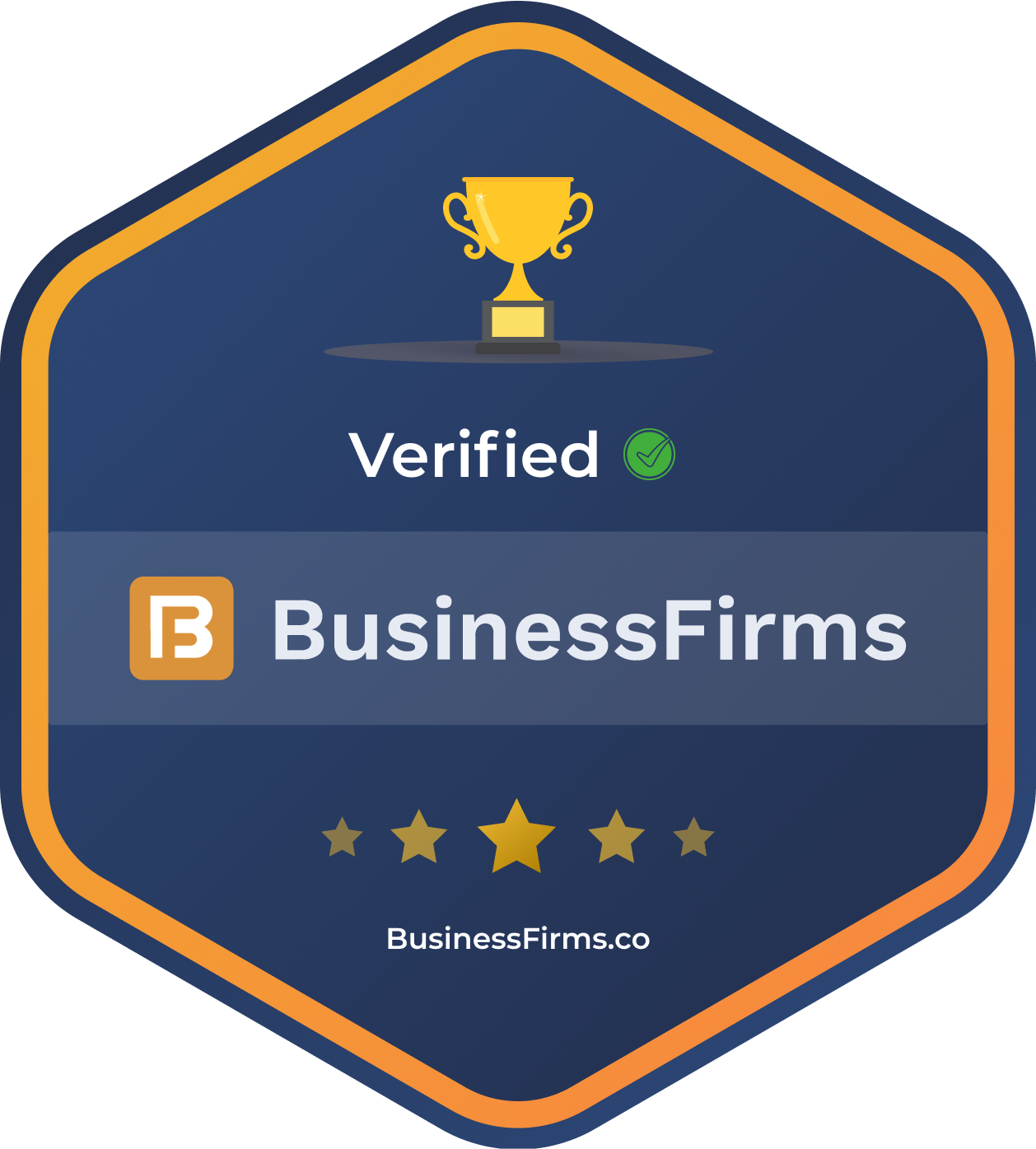
What is E-commerce? A Complete Guide to Online Selling
📦 What is E-commerce, Really?
If you’ve ever ordered food through an app, bought clothes online, or paid for a Netflix subscription—you’ve participated in e-commerce. But when it comes to business, what is e-commerce exactly?
E-commerce (short for electronic commerce) is the process of buying and selling goods or services online. It involves digital transactions, websites or apps, and online payment systems. From small handmade crafts to global electronics, everything you can imagine can now be sold online.
In 2025, understanding what e-commerce is isn’t just useful—it’s essential. Whether you’re a business owner, aspiring entrepreneur, or marketer, the e-commerce landscape is something you need to know inside out.
🛍️ A Brief History of E-commerce
Before we jump into platforms and strategies, let’s take a step back. What is e-commerce in the context of history?
E-commerce began in the 1990s, with companies like Amazon and eBay pioneering the space. The ability to shop online was revolutionary—and it’s only grown since then. Now, with mobile phones, faster internet, and digital wallets, buying and selling online is easier than ever.
🧠 So, What is E-commerce in 2025?
It’s no longer just about online stores.
Today, e-commerce includes:
- Websites like Shopify and WooCommerce
- Marketplaces like Amazon, Etsy, and Daraz
- Social commerce via Facebook Shops, Instagram, and TikTok
- Subscription-based platforms (like Netflix or monthly box services)
- B2B platforms and wholesale portals
- Mobile apps, chatbots, and AI-driven online shopping experiences
So when someone asks, “What is e-commerce?” in 2025—the answer is everything digital that involves a transaction.
📊 Why E-commerce Matters More Than Ever
Here’s why understanding what is e-commerce is a game-changer:
1. Global Reach
You’re no longer limited by your physical location. An e-commerce store can sell to customers anywhere in the world—24/7.
2. Lower Costs
Running an online store eliminates many overhead costs like rent, utilities, and staffing. You can scale without breaking the bank.
3. Measurable Data
Analytics and user data give you real insights. You can track where your customers come from, what they click, and how they buy.
4. Flexible Business Models
Whether you want to sell digital downloads, physical products, or offer subscriptions—you can build the model that fits your vision.
🛒 Types of E-commerce Models
To better answer what is e-commerce, let’s look at the main models:
B2C (Business to Consumer)
The most common type. You sell products directly to individual consumers (think Amazon, Zalando, or your favorite local brand’s website).
B2B (Business to Business)
You sell to other businesses. It could be wholesale orders, SaaS subscriptions, or industrial services.
C2C (Consumer to Consumer)
Platforms like eBay or Facebook Marketplace allow individuals to sell to other individuals.
D2C (Direct to Consumer)
Brands that manufacture and sell directly to consumers without middlemen. Think of brands like Warby Parker or Glossier.
💻 What Platforms Power E-commerce Today?
Understanding what is e-commerce includes knowing how it works. Here are some of the most popular tools and platforms powering today’s online businesses:
- Shopify: Great for beginners and fast growth
- WooCommerce: A WordPress plugin with powerful flexibility
- BigCommerce: Enterprise-grade e-commerce features
- Magento: Best for complex, large-scale businesses
- Daraz/Flipkart: Popular regional marketplaces in South Asia
- Amazon/Etsy: Great for sellers who want instant reach
Each platform has its pros and cons—choosing the right one depends on your budget, product type, and business goals.
📱 The Rise of Mobile and Social E-commerce
In 2025, more than 70% of online purchases happen through mobile. That’s huge.
Understanding what is e-commerce today means recognizing how powerful mobile and social shopping has become. People are discovering products on Instagram reels, TikTok videos, and YouTube shorts—and buying instantly without ever visiting a website.
🔐 E-commerce and Security: What You Must Know
If you’re planning to sell online, security is a must. This includes:
- SSL certificates
- Secure payment gateways
- Data protection compliance (like GDPR or CCPA)
- Two-factor authentication
Your customers need to trust your store. Part of understanding what is e-commerce is knowing how to create a secure, trustworthy shopping experience.
📈 Trends Shaping the Future of E-commerce
Here’s where the digital market is heading:
- AI-powered product recommendations
- Voice search and shopping
- Augmented reality (AR) try-ons
- Same-day delivery expectations
- Eco-conscious packaging and green logistics
So if someone still wonders, “What is e-commerce?”—the answer now includes cutting-edge technology that transforms how people shop.
🧩 E-commerce Isn’t Just a Store—It’s a Strategy
One of the biggest myths about e-commerce is that it’s just about “setting up a store.” In reality, successful online selling includes:
- SEO and content marketing
- Paid ads and retargeting
- Email automation
- Conversion rate optimization
- Inventory and supply chain systems
That’s why at Jarin Tech, we help businesses go beyond just asking “what is e-commerce”—we help them build it, scale it, and own it.
🚀 SO : What is E-commerce? It’s Your Future
Whether you’re a traditional shop owner looking to go digital or a startup launching your first product, understanding what is e-commerce opens the door to endless opportunity.
It’s not just about selling online. It’s about building something that runs while you sleep, connects you with global customers, and grows alongside you.
And if you’re ready to turn that idea into a real, thriving digital business? You can ask for our service 24X7 @Jarintech
Don’t forget to follow us on Facebook @Jarintechbd







1 Comment